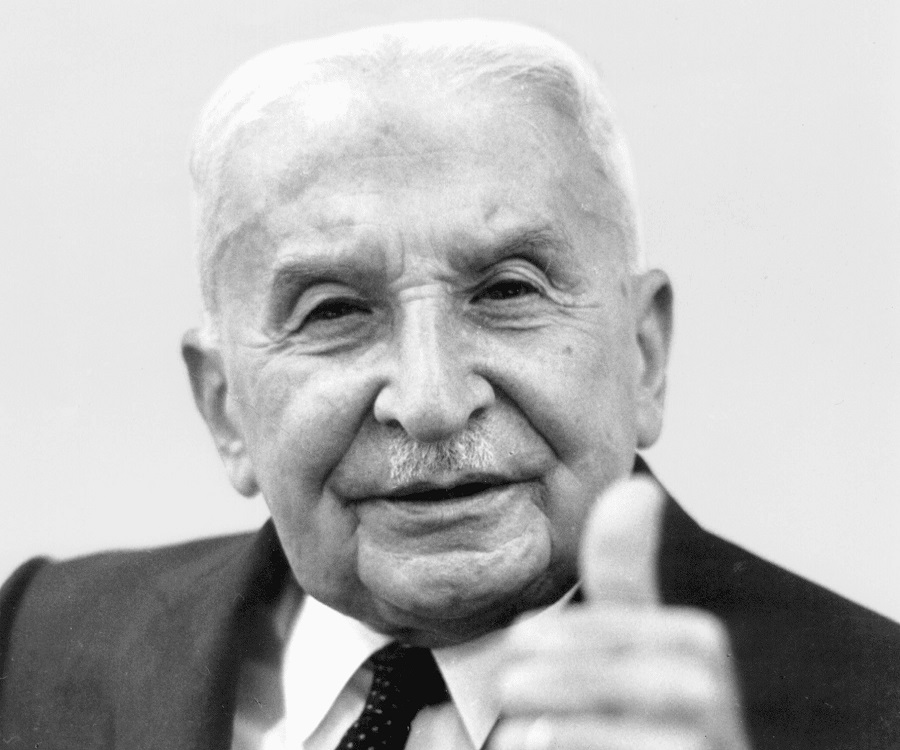Ep. 96 Why I Am Still an Austrian Economist: My Response to Caplan

In Bob’s interview of Bryan Caplan (in episode #91), they briefly discussed Bryan’s essay criticizing Austrian economics. At listener request, in this episode Bob goes solo to give a much more comprehensive analysis of why he (Bob) remained an Austrian economist, even after seeing top-notch neoclassicals in action during his own time in grad school.
Mentioned in the Episode and Other Links of Interest:
- Bob Murphy Show ep. 91, the interview with Bryan Caplan.
- Bryan Caplan’s essay, “Why I Am Not an Austrian Economist.”
- A compilation of responses to Caplan.
- Part 3 of Bob’s series on Capital & Interest theory, which has links to the first 2 in the series.
- Bob’s “sushi article” (responding to Krugman and Cowen’s critiques of Austrian business cycle theory).
- Links to Bob’s dissertation and also a paper on multiple interest rates.
- Bob’s article explaining Hotelling’s principle for an exhaustible resource.
- Arnold Kling on “recalculation.”
- David R. Henderson talking about cardinal vs. ordinal utility.
- Help support the Bob Murphy Show.
The audio production for this episode was provided by Podsworth Media.

There’s a whole bunch of issues here … but regarding indifference … lots of math works the same way, for example think about the normalized Gaussian probability distribution.
https://en.wikipedia.org/wiki/Normal_distribution
For argument sake, look at the blue curve in the Wiki chart, and suppose I ask, “What’s the probability that x=1 ?” and the answer would be a probability of zero. I could also ask, “What’s the probability that x=0.5 ?” Again, the answer is zero. Same for all questions about the probability of a specific equality.
You can ask, “What’s the probability that x>1 (i.e. an inequality)?” which gives a non-zero probability, and the probability that x<1 happens to be exactly the amount that adds up to 100% with the first probability. So someone asks, “Hang on, are you saying that x cannot be 1? Looks like the implication is that 1 is an impossible value from the distribution!”
No I’m not saying that, indeed x=1 is a possible outcome … it just has a zero probability … because if you integrate the area under the curve for a one dimensional slice at any precise x value, the total must be zero. Only a range between two distinct x values can have a non-zero probability. This is not a contradiction, it’s a natural consequence of using real numbers, because the x axis contains an infinite number of possibilities, and in practice landing an exact equality would be infinitely small likelihood (i.e. zero). This limitation does not make probability distributions useless, but it does mean you need to be a little bit careful how you use them.
For what it’s worth, using a digital computer you have floating point numbers that are often nominally called “real numbers”, but that’s fake. You can’t really count to infinity using a digital variable with finite bits … you can only approximate that. Therefore a digital implementation of a Gaussian random number generator would have a tiny but non-zero probability to produce any given number. It’s a common confusion that stumps people, but the assumption that the “real world” is a continuous space results in an inevitable consequence that specific output values are possible, but certainly never happen.
The indifference curve ends up with the same presumption of a continuous space “real world” resulting in the same confusion over what happens precisely at the point of indifference.
Excellent show Bob, and I thank you for helping me “see the light” so to speak and understand that models are not gospel.
As an aside, though I don’t subscribe to the IQ stuff (stuff that I consider nonsense), I do believe a lot of what we refer to as IQ is the willingness (not the ability, but willingness) to consider an argument and become masters of models instead of them being masters of us.
This is why I think Socratic dialogue is so important on both sides; the student can probe the teacher’s understanding and push back on its coherence or lack thereof.
Anyway, what it took for me to become an ancap was the disabuse of believing the Constitution has any actual say in our politics today. It’s a failed attempt on a piece of paper, and then I’ve only found coherence within the Austrian tradition through folks like you particularly and the Mises Institute.
One note regarding the ordinal vs. cardinal utility issue. If utility function is defined only up to a monotonic transformation, why would anybody ever use anything other than a linear function, which would be the simplest choice? Yet for what I understand, the use of all kinds of specific fancy functions is widespread.
It seems to me that in the real world indifference theory fails because it ignores all the other “currencies” that are part of any decision: speed of delivery, convenience, brand value, bragging rights, loss of face etc etc.
It always amuses me that left wingers are obsessed with money only (eg ignoring that interns are gaining valuable skills & so looking only at wages misses half the picture) whilst simultaneously decrying “bean counters” and money driven wicked capitalists.
HI Bob,
I think I understand Caplan’s idea that the “indifference” point is useful. However, it seems to be the wrong word, I would call it the “switch” point. Where does this indifference point show up in the “spend a night in prison vs at home” example? What are the parameters of the thought experiment? Is there an upper limit? What occurs when the supposed indifference point is found?
Imagine that the question is, “how much money would it take for you to spend a night in jail”? The respondent says, 10,000 dollars. OK, says the examiner, would you take $9,000.00? No. How about $9500.00, etc… At some point the respondent says yes to some amount under $10,000. But, this is not the indifference point, it is the “switch” point, the expression of a preference for the money, despite the unpleasantness, vs staying at home.
Imagine that the respondent knows that there is an upper limit, say $50,000. The respondent would likely not accept anything less than $50,000, even if he would have accepted much less in the previous example. Again, there is no indifference point here.
Imagine that there is an upper limit, but the respondent does not know what it is. He will likely push the game beyond his real “switch” point, because he doesn’t want to feel like a sucker.
Imagine that the respondent is informed that the purpose of the game is to arrive at the “indifference” point, but asks, “what happens when we get there”? Whatever the examiner says (I decide, I flip a coin, you go home, etc…), will influence how he plays the game. At no point does “indifference” inform his decisions.
Of course, it is possible to be indifferent about many things, but it is not possible to express indifference through action.
Cheers,
Jeremy
What, in essence, is the job of the austrian economist? Is it to explain to everyone not to touch anything in economics and let the actors self-organize? I do not say it is useless. On the contrary. But, is there anything outside of this?
One works at a Spanish university.